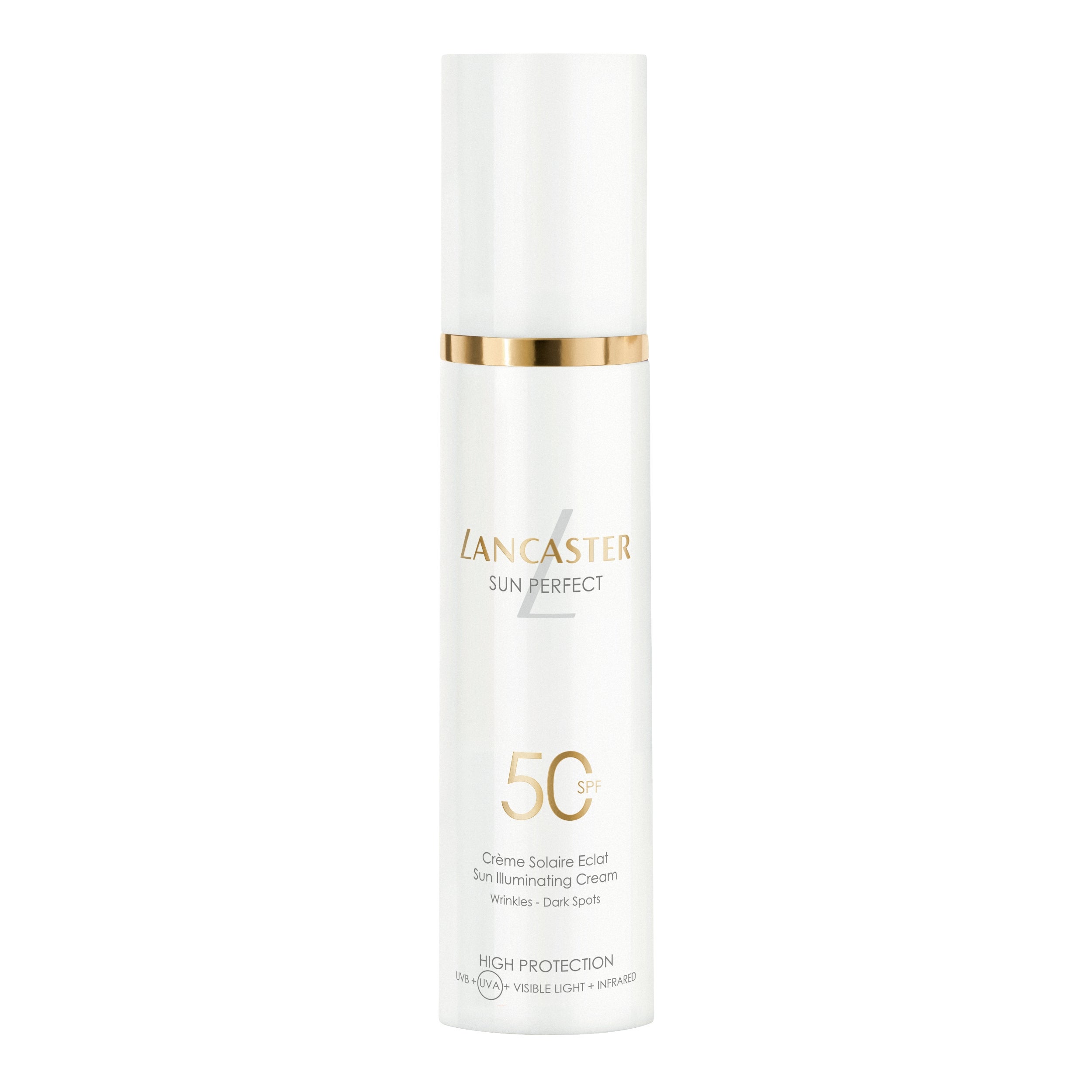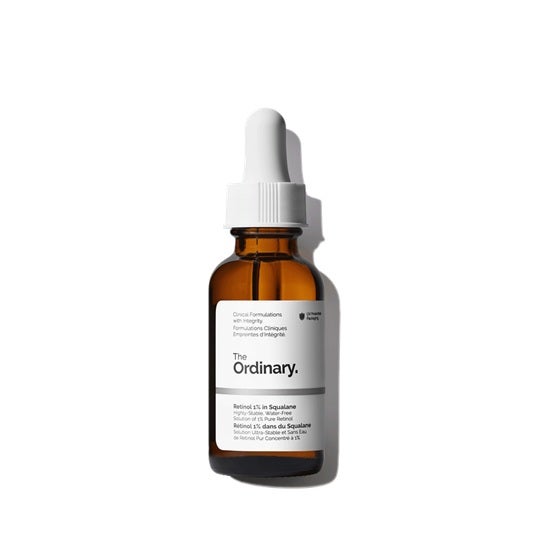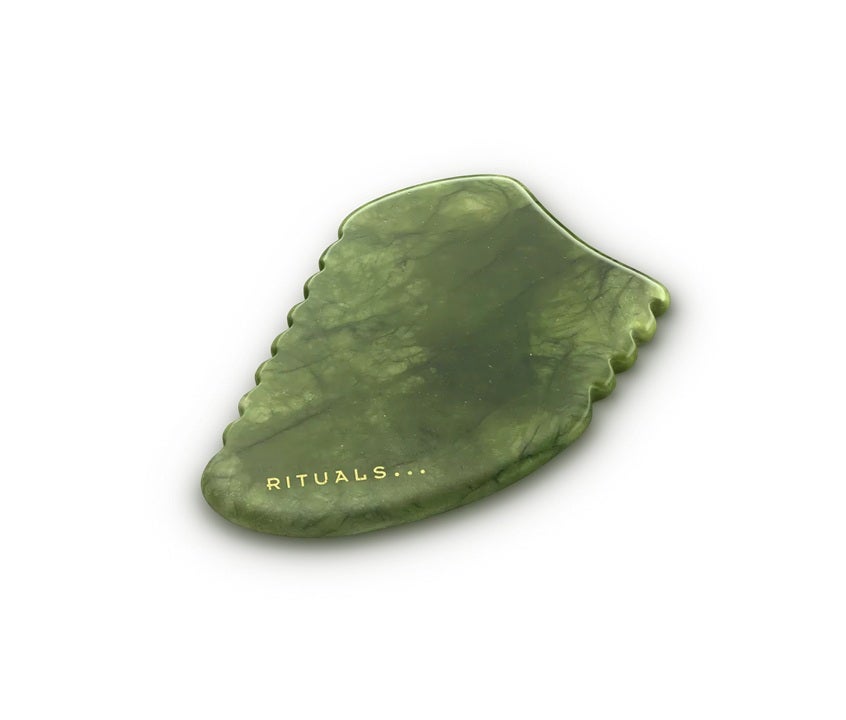While the first signs of ageing were traditionally linked to the eyes or hands, a new culprit has emerged: the neck.
“Tech neck" describes the premature creasing, sagging, and fine lines resulting from endless hours spent looking down at phones, tablets, and laptops.
For many, the mirror now reveals the impact of long commutes, Zoom calls, and constant scrolling, with visible lines across the décolletage.

“Tech neck is the term that is commonly used to describe the impact that hunching over when looking at technology such as smartphones and tablets has on the body,” consultant dermatologist, Dr Derrick Phillips, said.
“This includes the impact on the neck muscles as well as the impact on the skin texture, appearance and quality.
“The combination of poor posture when looking down at your ‘tech’ and also the impact of blue light on the skin can all contribute to ‘tech neck’, which can manifest in wrinkled skin on the neck and décolletage, as well as lines and skin texture issues.”
1. Posture over perfection
While advanced treatments have their place, experts are clear that prevention starts with daily habits.
“Trying not to assume a hunched-over posture when looking at tech can help minimise the impact on the neck,” says Phillips. He also points out that SPF is crucial to protect against both sun damage and oxidative stress, which accelerate ageing.
Dr Nora, cosmetic and medical dermatology doctor at Rejuvenation Clinic, calls these micro-corrections ‘tech hygiene.’
“Keeping devices at eye level rather than looking down, taking regular breaks, and being mindful of posture can make a big difference,” she says. “Small adjustments reduce long-term strain on both the skin and the muscles.”
2. Skincare staples that make a difference
Both dermatologists are adamant that what you put on your neck counts.

“SPF should be a key part of everyone’s skincare regime in order to protect the skin on the neck from signs of premature ageing such as lines, wrinkles and hyperpigmentation,” explains Phillips.

“SPF is non-negotiable, as UV damage is a major driver of collagen breakdown,” agrees Dr Nora.

“Retinoids stimulate renewal, peptides support skin repair, and antioxidants like vitamin C protect against free radical damage.”

She also says that hydrating ingredients, such as hyaluronic acid, “improve the look of fine lines by plumping the skin.”
3. Don’t forget the décolletage
One mistake people often make is stopping at the jawline.
Your neck and chest are foundational to the appearance of your facial skin – and require just as much care.
“The neck and chest are often neglected but age just as quickly – sometimes faster,” explains Dr Nora. “I always advise extending your skincare beyond the jawline to keep tone and texture consistent.”
4. Tackle both skin and muscle
Perhaps the most important point to remember is that tech neck isn’t just about skin.

“Constantly looking down at devices creates fine lines and encourages sagging, while poor posture places repetitive strain on the neck muscles,” says Phillips.
“The skin develops creases and loses elasticity, while the platysma muscle in the neck is under repeated strain from looking down,” explains Dr Nora. “That’s why the best approach is usually a combination therapy – posture and skincare habits, plus professional treatments”
5. When to go in-clinic
Even diligent routines only go so far. If you’re finding more stubborn wrinkles and sagging, professional treatments may be able to help.
“Skincare lays the foundation, but in-clinic treatments are more powerful,” says Dr Nora, “radiofrequency and ultrasound tighten the skin, lasers improve texture, and injectables can soften lines or restore volume.”
If you’re looking for top recommendations, Phillips says micro-needling and radiofrequency “are highly effective because they target the deeper layers of the skin.
“But results are always best when supported by a consistent at-home routine,” he emphasises.







